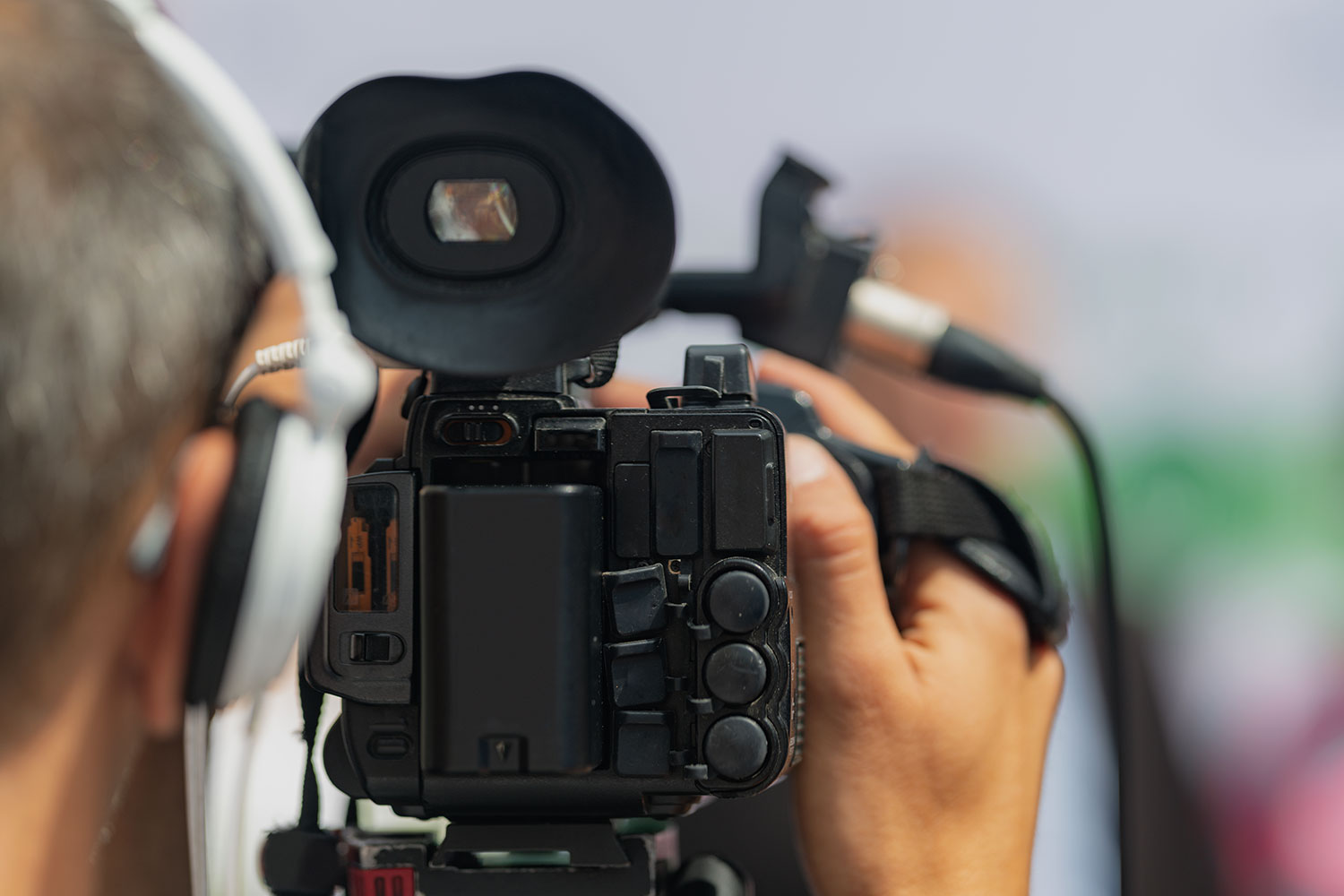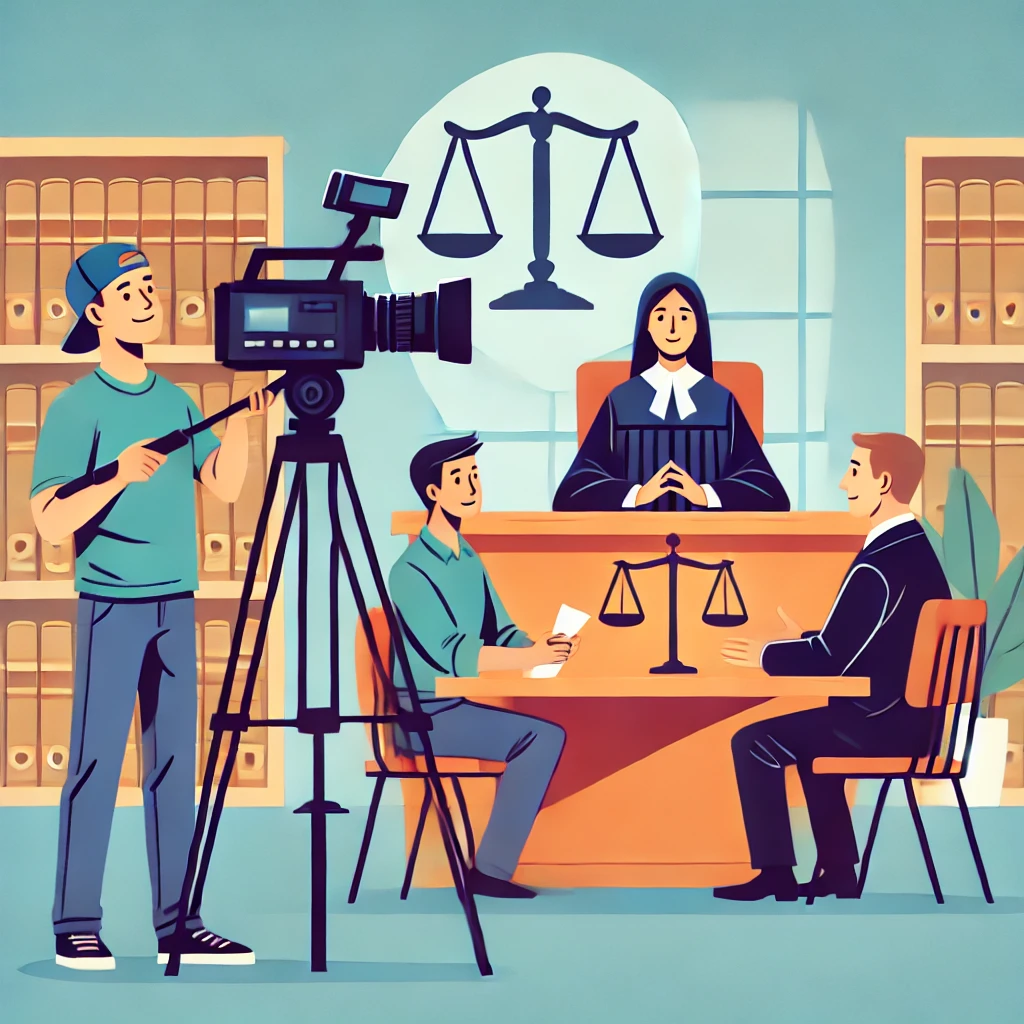Why Lawful Videography Is Critical for Accurate Court Recordings
The function of legal videography in court room settings can not be overemphasized, as it works as a vital tool for preserving the stability of court records. By catching both verbal and non-verbal communication, it improves the clearness of witness statements and mirrors the subtleties of courtroom interactions. This comprehensive documentation not only help in reducing prospective misunderstandings but additionally supports appellate reviews, thereby enhancing the judicial process. The ramifications of integrating lawful videography right into typical court room practices raise important questions regarding its broader impact on the lawful system. What might these implications entail?
Significance of Visual Proof
In the world of lawful process, the importance of visual proof can not be overemphasized. Aesthetic proof serves as a powerful device in establishing facts, affirming statements, and improving the total quality of a case. This sort of proof, which includes pictures, video clips, and diagrams, can give a tangible context that verbal descriptions usually do not have, therefore offering juries and judges a more clear understanding of the conditions surrounding a situation.
Additionally, visual evidence aids in the retention of information. Human cognition is naturally visual, and people are more probable to keep in mind and understand information offered in an aesthetic style. In the courtroom, this can be vital, as compelling visual proof can persuade opinions and reinforce the story offered by legal agents.
Additionally, the use of aesthetic evidence can reduce misconceptions and obscurities that typically emerge from verbal exchanges. By providing a direct depiction of occasions, visual evidence assists to eliminate subjective analyses and promotes a much more unbiased examination of the realities. As a result, the assimilation of visual proof right into lawful procedures not just enhances the stability of the judicial process but likewise enhances the chance of accomplishing a simply outcome.
Capturing Non-Verbal Signs
Utilizing sophisticated videography strategies can dramatically improve the capture of non-verbal hints throughout lawful process. Non-verbal interaction, consisting of faces, body language, and eye call, plays an essential role in communicating emotions and purposes that might not be explicitly specified in spoken testament. legal videography. Legal videography uses high-definition cams and calculated angles to guarantee that these subtle cues are recorded with quality and precision
The capacity to examine non-verbal habits can provide useful context to declarations made throughout court sessions. A witness's unwillingness or self-confidence can be translated with their position or motions, possibly influencing the court's understanding of reputation. The use of close-up shots can assist focus on an audio speaker's expressions, allowing for a much more nuanced understanding of the statement.
Furthermore, integrating numerous electronic camera angles can produce a thorough sight of interactions, highlighting dynamics in between celebrations involved. This diverse method not just enhances the precision of the court document yet additionally aids in protecting the honesty of the judicial process - click to find out more legal videography. Inevitably, capturing non-verbal hints through legal videography cultivates a richer, much more total depiction of court proceedings

Enhancing Statement Dependability
The dependability of testimony can be considerably bolstered with using top quality lawful videography. Video recordings act as an unbiased tool that records not just the spoken words of witnesses but also the subtleties of their shipment, consisting of tone, pacing, and psychological expressiveness. This diverse paperwork offers a clearer understanding of the witness's integrity and purposes, which can be critical in lawful proceedings.
Moreover, legal videography reduces the potential for misconceptions that may arise from created transcripts alone. When jurors can observe a witness's disposition and body movement in conjunction with their testimony, they are much better outfitted to assess the credibility and integrity of the proof offered. This visual context can strengthen the testimonial story, making it more compelling and reputable.
Furthermore, the visibility of a video recording can hinder potential variances in testament. Witnesses may be much more careful in their declarations when they recognize they are being recorded, leading to even more precise and truthful accounts. Overall, top notch lawful videography boosts the honesty of testament, ensuring that the court has accessibility to a full and truthful depiction of the realities as shared by the witnesses.
Sustaining Appeals and Reviews
Legal videography plays an essential role in supporting allures and reviews by providing a thorough visual record of court room proceedings. This aesthetic paperwork records not just the spoken words of witnesses and attorneys yet likewise the nuances of body language, intonation, and court room dynamics. Such elements can be crucial in understanding the context of statements and arguments presented.
In the appellate procedure, where the focus gets on errors of regulation and step-by-step justness, a video clip record can function as an important device for appellate courts. It allows courts to examine the initial trial context, ensuring that decisions are based upon a full understanding of the proceedings. The ability to visually evaluate the temperament of witnesses or the communications in between celebrations can reveal understandings that composed records might overlook.

In addition, legal videography can aid in clearing up obscurities in testaments or procedural judgments, consequently strengthening the basis for an appeal. By using a reputable, objective account of what taken place in court, lawful videography not only supports the stability of the image source legal procedure yet additionally encourages all celebrations entailed to make educated decisions regarding their cases.
Simplifying Court Processes
Enhancing court performance, lawful videography simplifies processes by providing immediate access to aesthetic documents of procedures. This technology permits judges, lawyers, and juries to take another look at essential statement and proof, ensuring that all parties have a clear understanding of the instance. By recording the nuances of spoken and non-verbal communication, videography enriches the record, making it less complicated to comprehend the context and weight of testimonies.

In addition, video clip recordings can help with remote involvement in hearings, enabling better versatility in scheduling and participation, which is especially beneficial in complicated instances involving several stakeholders.
Final Thought
To conclude, legal videography plays a vital function in guaranteeing precise court recordings by giving crucial visual evidence that captures both spoken this link and non-verbal interaction. This technique improves the dependability of testimonies, supports appellate evaluations, and simplifies court processes. By cultivating an extensive understanding of court room dynamics, lawful videography eventually adds to a lot more fair judicial outcomes, reinforcing the stability of the lawful system and facilitating notified decision-making.